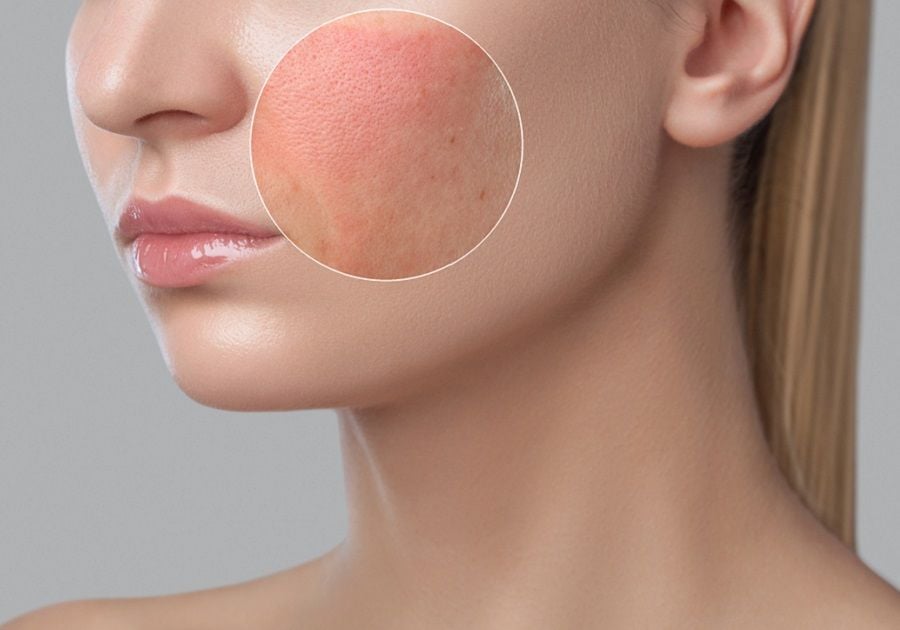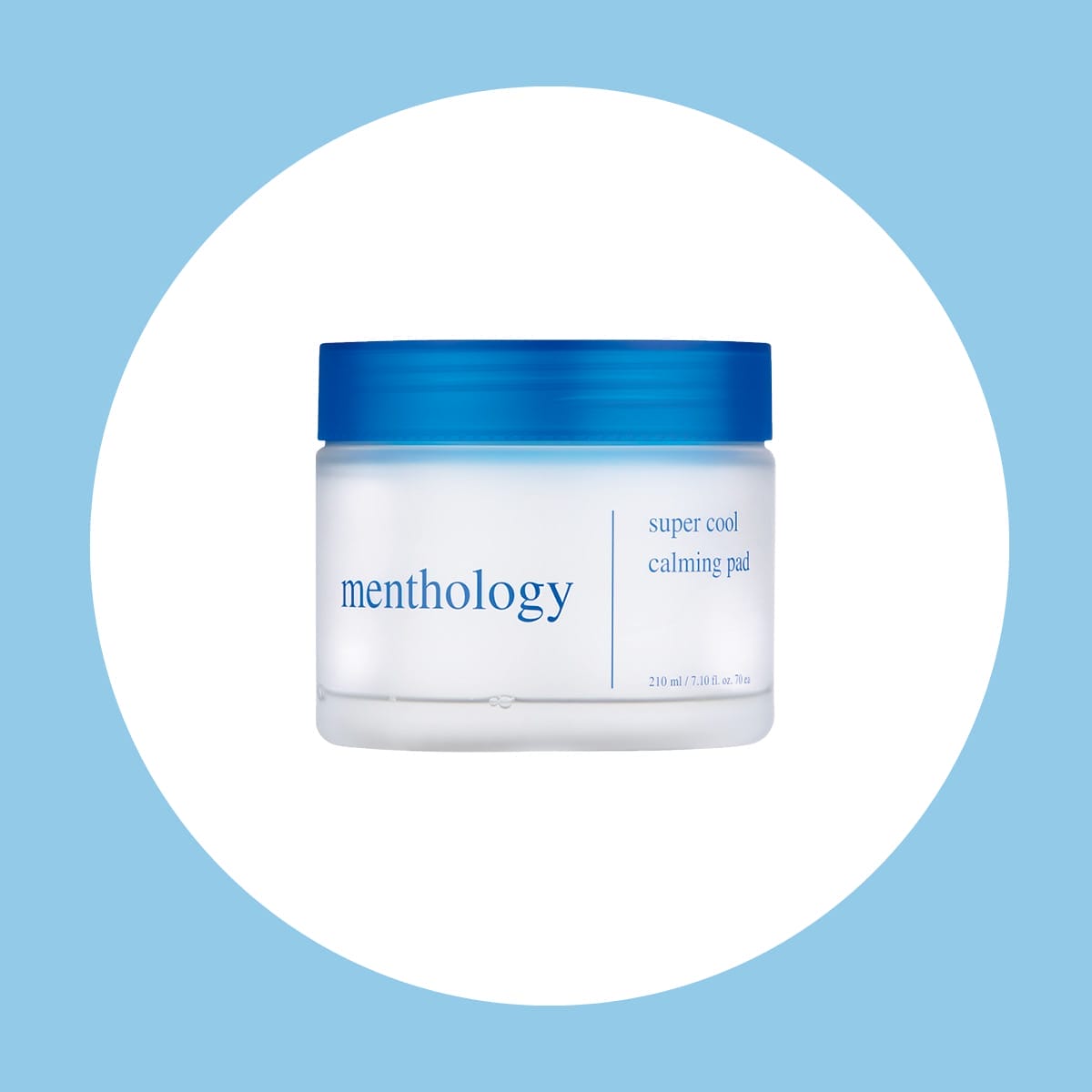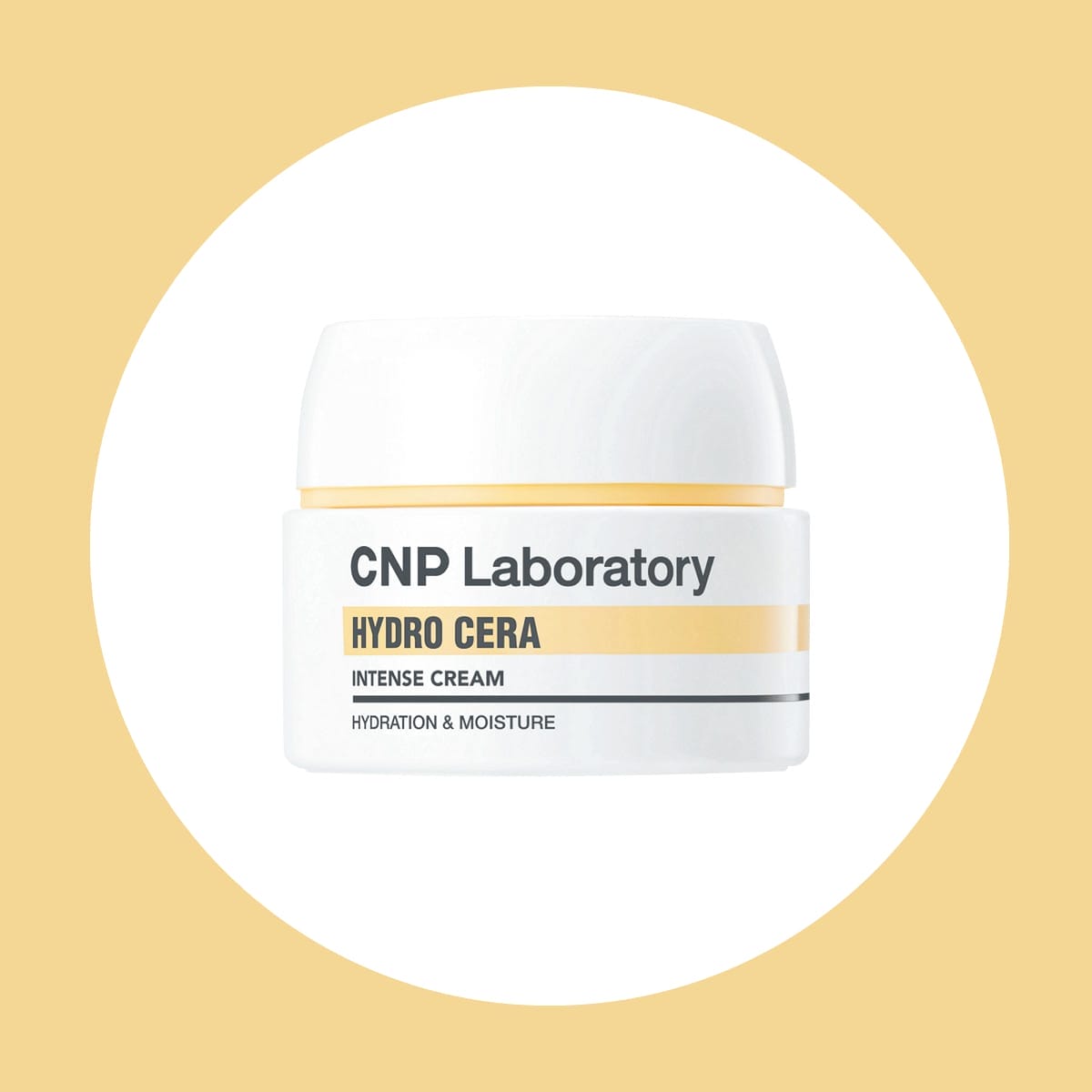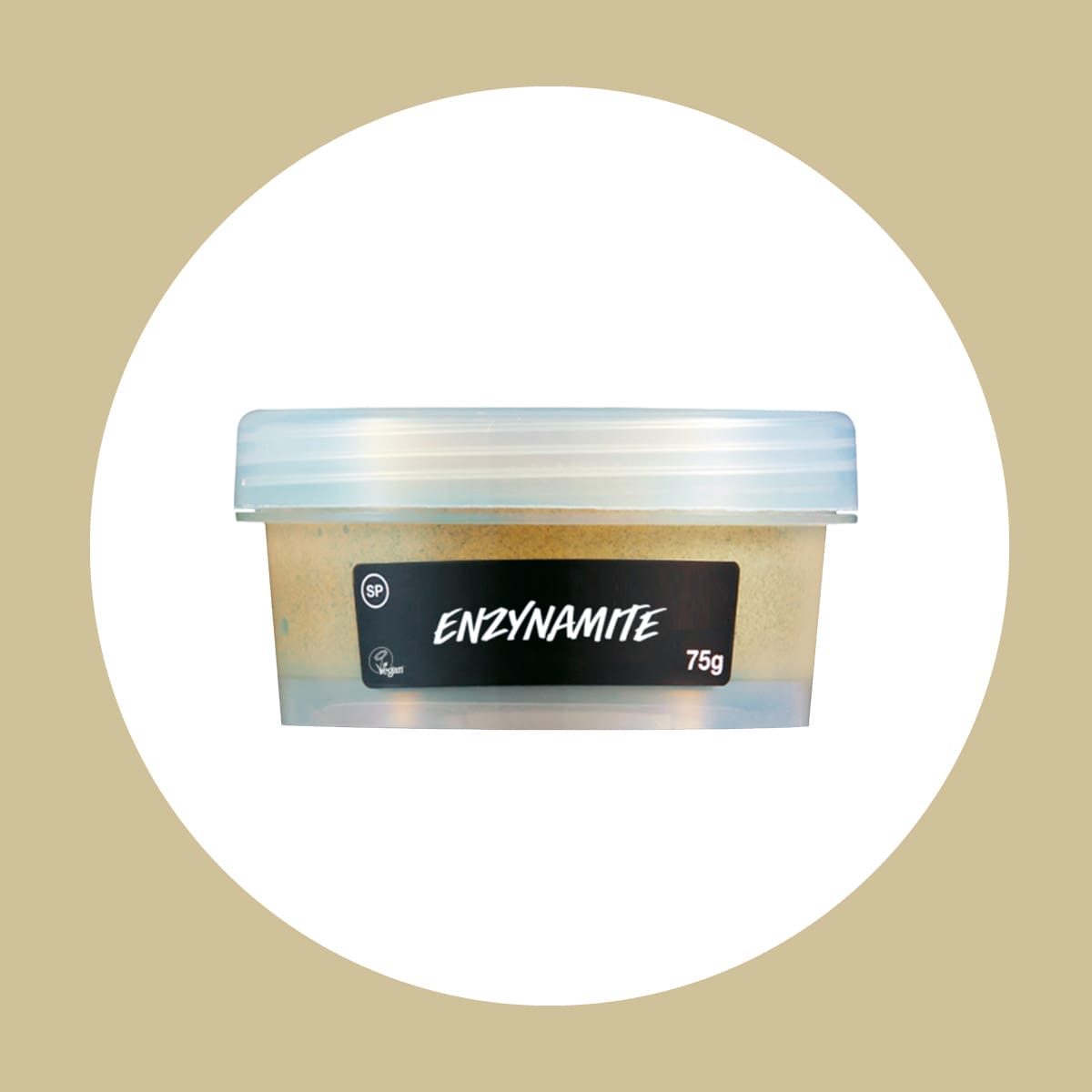
Is higher skin temperature better?
Don’t overexert yourself trying to increase your body temperature to combat cold stress. The best way to raise skin temperature is through moderate exercise, which helps maintain body temperature and blood circulation, but avoid intense or excessive exercise, as it can disrupt physical balance. Outdoor exercise directly exposes the skin to cold stress, so it should be avoided. If you’ve been exposed to cold for a long time, it’s urgent to warm your skin, but do so gradually to avoid shocking it with sudden temperature changes. Be cautious during home care as well. Dr. Song In-Guk from Cha & Park Skin Clinic recommends, “When using a sheet mask, make sure it’s not too cold by gently warming it up before application.” Dr. Yoon Ji-Young from Yoon Ji-Young Clinic advises, “I recommend a 38–40°C half-body bath for about 10 minutes. It helps promote blood circulation and metabolism, activating skin cells and aiding the regeneration of damaged skin.”
Red inflammation: Is it a remedy or a poison?
When you catch a cold, your immune system reacts, causing symptoms like a runny nose and sneezing. Similarly, with cold stress, the immune system activates to protect the skin from viruses, causing inflammation. Cold air and sudden temperature changes between indoors and outdoors can dry out the skin and disrupt homeostasis. This also leads to an imbalance in the skin’s oil and moisture levels, reducing the protective lipid barrier and decreasing skin immunity, triggering inflammation. Although red inflammation caused by cold stress might seem like a remedy to improve skin immunity, it thickens the stratum corneum, blocks pores, and causes dryness, itching, and even accelerates cold-induced aging. The red inflammation that arises during cold stress could be either a remedy for the skin or a vicious cycle—it’s hard to say. The key is not to leave it untreated and to focus on prevention for faster recovery. Before or after going outside, make it a habit to apply a moisturizing cream or lotion to your skin.
Remember the ‘Secolji’ Trio
The ‘Secolji’ trio (ceramides, cholesterol, and free fatty acids) acts like cement for the skin’s surface. If you are dealing with cold stress and dry skin that easily damages the skin barrier, using skincare products with these three ingredients can be very beneficial. Each ingredient has a different function, so it’s best to use products that match your current skin condition. Dr. Moon Deuk-Gon from Mifa Moon Skin Clinic explains, “When the skin barrier is broken and dry patches occur due to cold stress, use gentle, hydrating items to protect the skin from cold elements.” Even with hydration, water can easily evaporate without proper sealing, so make sure to combine oil-based products that lock in moisture. Dr. Moon also suggests using products with vitamin K, arnica extract, vitamin B12, witch hazel, and vitamin E to help with cold stress-induced redness, heat rash, and other symptoms.
Symptoms of cold stress:
• “My cheeks, nose, forehead, and chin are red.” Heat Erythema
This localized reddening of the skin occurs when exposed to mild heat for prolonged periods. Cold stress causes blood vessels in the dermis to constrict and expand, weakening and rupturing blood vessels, leading to redness in the skin.
• “I can see my blood vessels like spider webs, and it feels hot.” Capillary Expansion
Repeated irritation can reduce the elasticity of blood vessels, causing the skin to sag. The blood vessels cannot constrict properly, and the skin stays red. Initially, the redness appears fine and thin, but as venous blood flows backward, it can turn blue or purple. This is often seen around the nose and nostrils.
• “It itches a lot, and there’s a burning, prickling sensation.” Pruritus
This is itching caused by skin irritation, which thickens the stratum corneum, disrupting blood circulation. The immune system struggles to remove foreign substances, triggering inflammation. This could manifest locally or spread throughout the body.
• “My ears, nose, cheeks, fingers, and toes are pale, and blisters are forming.” Frostbite
When exposed to extreme cold, the water in skin tissue freezes. This damages the cell membranes, and blood supply is compromised, leading to pale skin, pain, redness, tingling, and frostbite. In severe cases, tissue dies and blisters form.
• “There are new fine lines under my eyes.” Fine Lines
As the skin’s ability to retain moisture decreases, it becomes rough and loses elasticity, forming wrinkles. Skin regeneration slows down, and the basal layer, which connects the epidermis and dermis, flattens, making it harder to retain moisture. This causes a decrease in collagen and elastin in the dermis, leading to fine lines.
• “I’m constantly itchy, and red spots are appearing, with a burning sensation.” Chilblains
Initially, there are no symptoms, but redness or purple chilblains appear with a burning sensation. Itching, pain, and in severe cases, blisters form. Since chilblains have no specific treatment, prevention is crucial. Wear warm clothing and avoid exposing the skin directly to cold environments.
• “There’s noticeable flakiness on my arms and legs, and it itches.” Dry Eczema
Dry eczema occurs when the skin’s lipid layer decreases, and the skin becomes dry in cold environments. The moisture in the stratum corneum decreases, causing flaky white skin and itching. To quickly soothe dry eczema, apply a topical steroid and moisturizers.
Doctor’s Advice
“Secolji care is important, but it’s not necessary to rely on only these three ingredients. Niacinamide helps lock in moisture and increases ceramide and fatty acid levels in the skin. Skincare products containing glycerin are also recommended as they attract moisture to the skin, forming a protective moisture barrier. Lecithin increases blood flow and enhances moisturizing ability,” says Dr. Moon Deuk-Gon from Mifa Moon Skin Clinic.
Escape from the crisis, defeat cold stress
Don’t worry about cold stress! Beauty Plus recommends skincare items to protect your skin’s health during seasonal transitions.

Mentology Supercool Calming Pad demonstrated clinical results showing a 123.1% improvement in skin hydration. Link: https://shoppinginkorea.com/collections/cosmetics/products/menthology-super-cool-calming-pad-70p

CNP Hydro-Cera Intense Cream combines a complex of 5 types of ceramides and 7 types of minerals to strengthen the skin’s stratum corneum and skin lipids. Link: https://shoppinginkorea.com/collections/cosmetics/products/cnp-laboratory-hydro-cera-intense-cream-50ml

Lush Enjinamite Pineapple and papaya extracts exfoliate the skin, while vitamin E and antioxidants help soothe the skin. Link: https://shoppinginkorea.com/collections/cosmetics/products/lush-enzynamite-cleanser-75g-vegan




